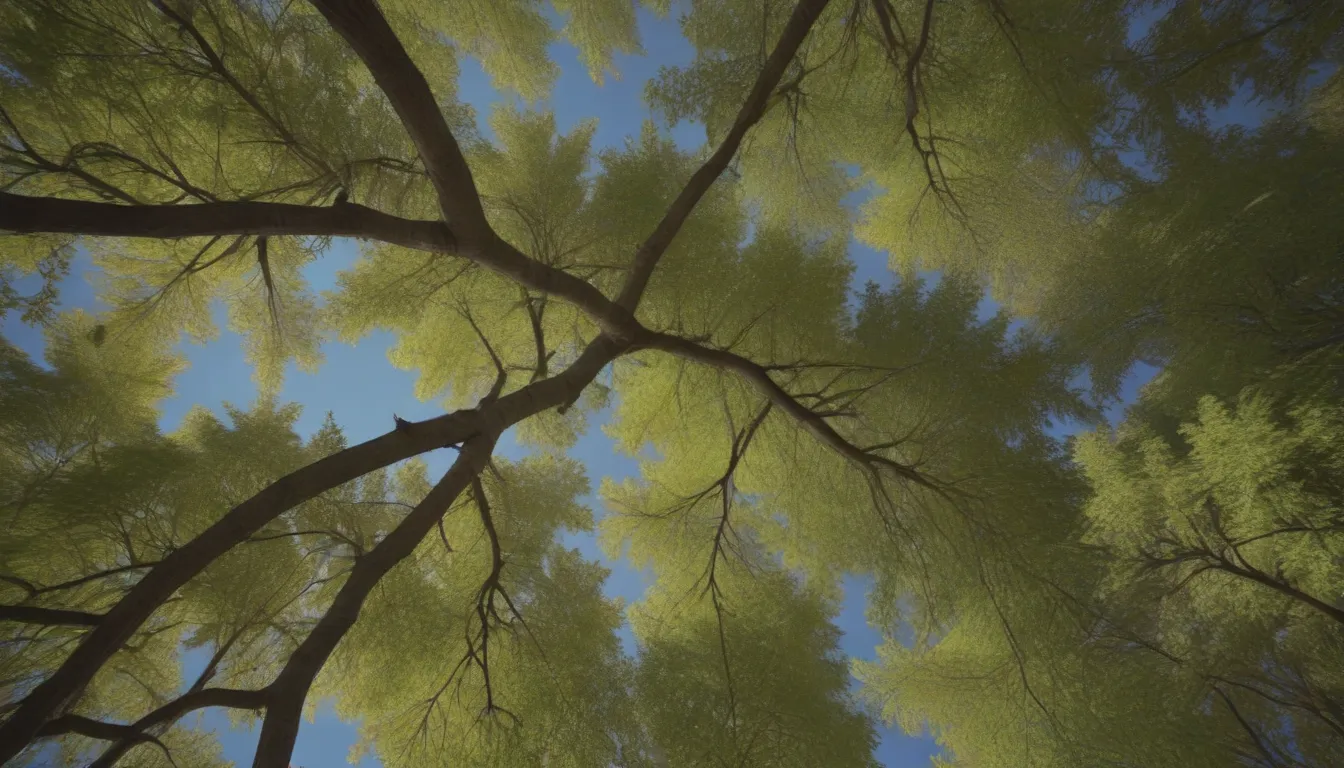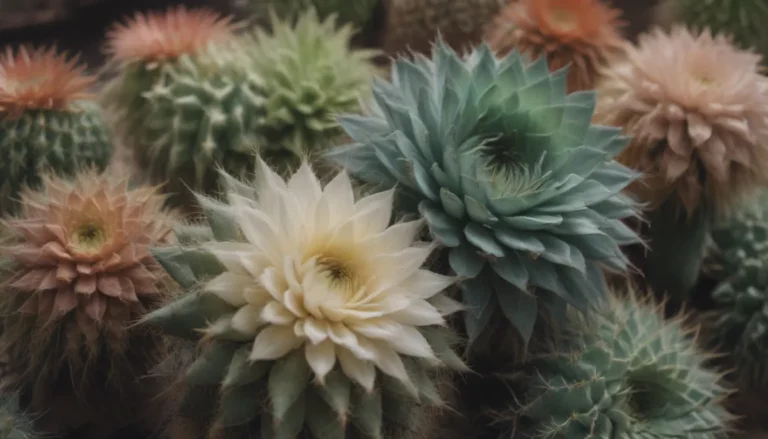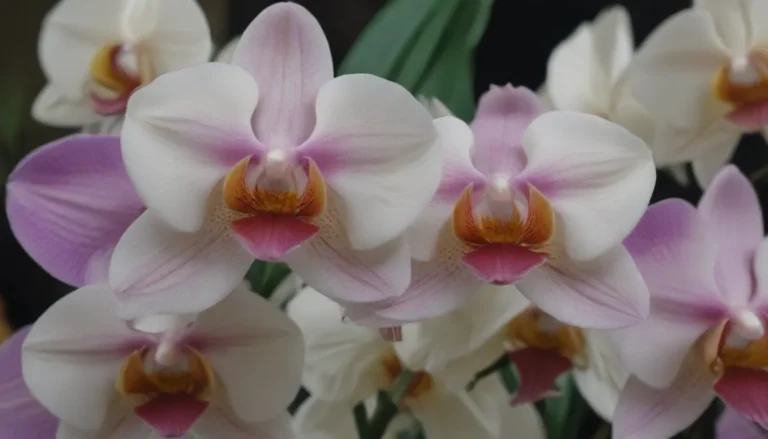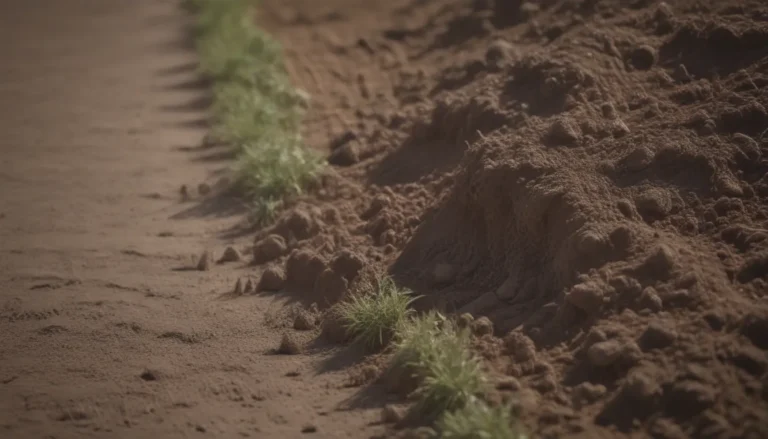All You Need to Know About Ash Trees: A Comprehensive Guide for Tree Enthusiasts

Are you a tree lover fascinated by the beauty and diversity of ash trees? Ash trees belong in theFraxinusgenus within the olive (Oleaceae) family of woody plants. They have been cherished for their role as shade, lawn, and street trees, and were once the most-planted urban tree across the United States. In this in-depth guide, we will explore various species of ash trees, their characteristics, and valuable information for anyone interested in these magnificent trees.
Identifying Ash Trees
One of the easiest ways to identify an ash tree is by looking for trees with opposite branching, which is a unique feature not common in many trees. Additionally, ash trees have compound leaves formed by clusters of leaflets, with each tree being either male or female, but not both. The fruits of ash trees are samaras, similar to the winged seeds of maples, and are usually grouped in clusters on the stem. Ash trees also have distinctive bark that varies by species.
Did You Know?
Ash trees have rich symbolism tied to folklore and ancient Celtic, Greek, Chinese, and Norse religions, representing protection, balance, healing, and rebirth.
The Threat of the Emerald Ash Borer
Unfortunately, ash trees face a significant threat from the emerald ash borer, a devastating pest that has destroyed millions of ash trees in at least 35 states. These beetles disrupt the tree’s ability to transport water and nutrients, gradually killing the tree. It is essential to take preventive measures and treat existing trees with insecticides to protect them from this destructive pest.
13 Species of Ash Trees
1. Black Ash (Fraxinus nigra)
- Native to eastern Canada and the northeastern United States.
- Wood structure ideal for weaving.
- Severely affected by emerald ash borer; not recommended for planting.
2. Green Ash (Fraxinus pennsylvanica)
- Common in eastern and northern North America.
- Tolerant of various soil conditions.
- Severely impacted by emerald ash borer; caution advised in planting.
3. White Ash (Fraxinus americana)
- Largest of the native ash trees.
- Catastrophically affected by emerald ash borer; exercise caution when planting.
4. Blue Ash (Fraxinus quadrangulata)
- Native to the midwestern U.S.
- Considered one of the best ashes for dry locations.
- Some genetic resistance to emerald ash borer.
5. California Ash (Fraxinus dipetala)
- Native to California, Arizona, Utah, and Nevada.
- Very low water needs; suitable for drought conditions.
6. Carolina Ash (Fraxinus caroliana)
- Rare ash tree native to North and South Carolina.
- Prefers wet soils and shady conditions.
7. European Ash (Fraxinus excelsior)
- Widely found throughout Europe.
- Generally wider than tall when mature.
8. Gregg’s Ash (Fraxinus greggii)
- Native to desert terrain in the southwestern U.S.
- Tolerates some shade.
9. Manna Ash (Fraxinus ornus)
- Named after the sweet sap extract.
- One of the prettiest flower shows among ash trees.
10. Narrow Leaf Ash (Fraxinus angustifolia)
- Does well in urban settings and acidic soil.
- Similar to claret ash with lovely purple fall foliage.
11. Pumpkin Ash (Fraxinus profunda)
- Trunk base engorged resembling a pumpkin.
- Avoid planting due to emerald ash borer devastation.
12. Velvet Ash (Fraxinus velutina)
- Drought-tolerant and grows fast.
- Caution advised due to emerald ash borer issues.
13. Manchurian Ash (Fraxinus mandschurica)
- Demonstrated resistance to emerald ash borer.
- Large tree with attractive yellow fall foliage.
Protecting Your Ash Trees
To protect your ash trees from pests and diseases, it is essential to be proactive in your care and maintenance efforts. Regular watering, monitoring for signs of infestation, and timely treatment with appropriate insecticides can help safeguard your trees. Keep an eye out for bark flecking, dead branches, and other signs of distress that may indicate a pest or disease issue.
Tips for Tree Care
- Regular watering is crucial for young ash trees.
- Monitor for pests such as ash bark beetles, aphids, and scales.
- Look out for diseases like ash anthracnose and verticillium wilt.
- Prune dead or damaged branches to promote tree health.
Conclusion
Ash trees are not only beautiful additions to our landscapes but also play a vital role in our ecosystem. By understanding the different species of ash trees and their unique characteristics, you can make informed decisions about caring for and planting these magnificent trees. Remember to stay vigilant against pests and diseases that threaten ash trees’ health and take proactive steps to protect and preserve these valuable assets in our natural environment.
For further information on specific species of ash trees, their characteristics, and tips for maintenance, consult reputable sources and local arborists to ensure the health and longevity of your trees. Happy tree caring!
References
- Warnell School of Forestry and Natural Resources. University of Georgia.
- U.S. Department of Agriculture. Emerald Ash Borer.
- University of Florida. McCullough, Deborah G et al. Emerald Ash Borer (Coleoptera: Buprestidae) Densities Over A 6-Yr Period.
- Canadian Journal of Forest Research. Tanis, Sara R., and Deborah G. Mccullough. Differential Persistence of Blue Ash and White Ash.
- California Native Plant Society. California Ash.
- University of Arizona. Fraxinus Greggii.
- Texas A&M University Native Plants Database. Fraxinus Velutina.
- North Central Integrated Pest Management Center. Insecticide Options for Protecting Ash Trees.
Remember, awareness and proactive care are key to preserving the beauty and health of these remarkable trees. Happy tree tending!




